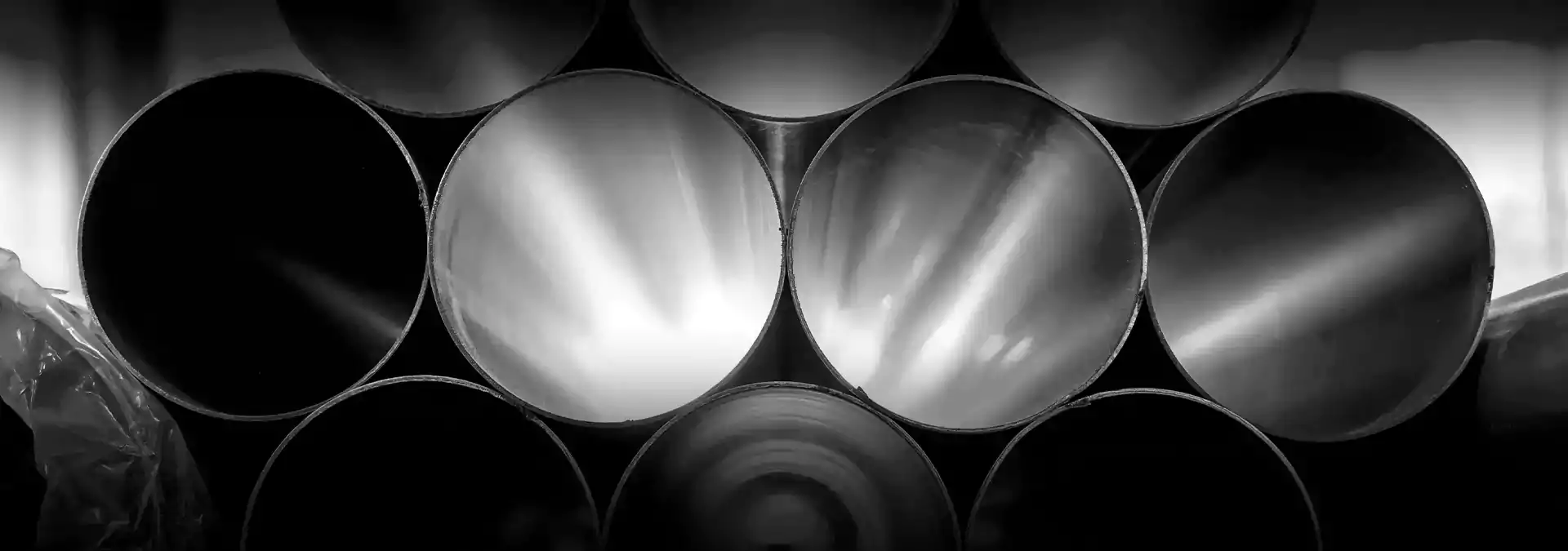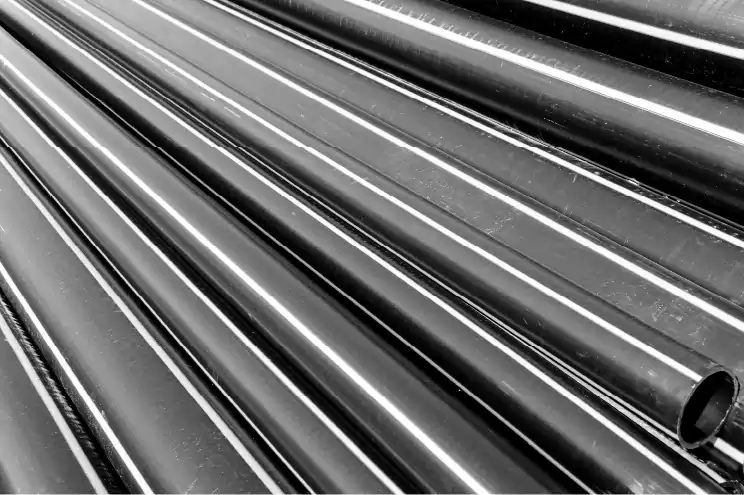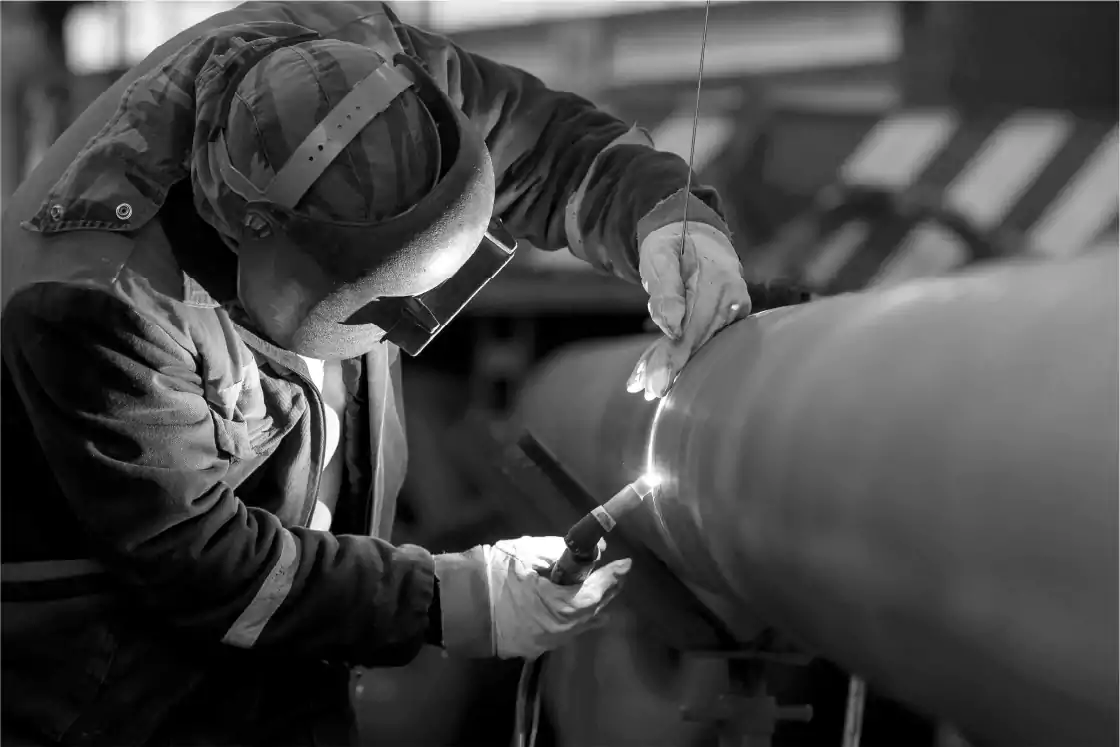Despite being more expensive to produce, seamless pipes are generally preferred in applications where high temperatures and pressures or more corrosive environments are present. Welded pipes tend to be chosen in lower temperature and pressure applications, or where more versatility is needed to accommodate length and size variations.
It is worth noting that both seamless and welded pipes have been relied on for a very long time, and international quality and manufacturing standards have contributed to narrowing the advantage gaps between them. Seamless pipes tend to be relied on more in oil & gas and energy applications, while welded pipes are the preferred option across most municipal, civil, and industrial applications where service variables allow for lower pressures and temperature tolerances.
All pipes must conform to client-selected specifications and international standards. Pipe system solutions, however, are constructed and operate in dynamic environments. They need to be sourced from reliable steel pipe suppliers, tested according to stringent methods, and stored and handled appropriately. They need to be readily available to meet stringent construction workflow schedules and be supported by availability, logistics considerations, maintenance and repair capabilities, as well as complementary fittings and accessories.
A pipe system supplier can play an instrumental role in helping clients to choose the appropriate type of pipe, helping to reduce costs, improve reliability, and contribute to the overall success of a pipe system solution across its lifespan.
It is critical that you consult with a subject matter expert to select the correct pipes for your projects. At Gerab, we have a dedicated team of technical experts who work closely with the customers and suppliers to ensure the technical specification requirements are understood and complied with. Our team scrutinizes customer specification requirements, conducts technical negotiations with customers, and makes technical agreements. At times they assist customers in optimizing the material selection. It also adds confidence to the customer in meeting the quality and compliance with the specification. Our team identifies the requirement with the suppliers and acts as a customer representative to ensure the supplier understands and fulfills the requirements.




